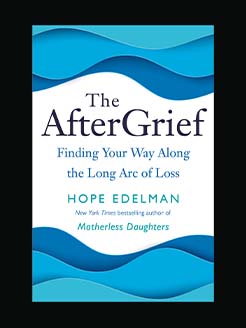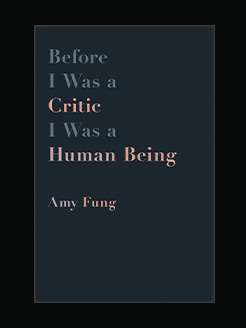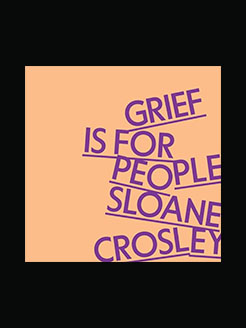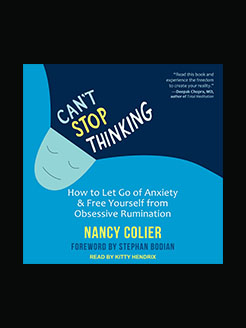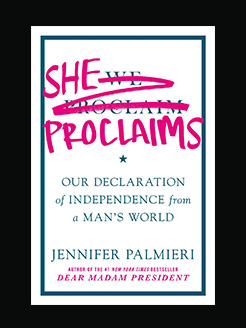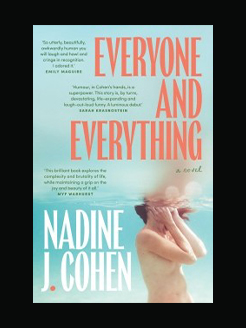Published in 2005
272 pages
Angela Yvonne Davis is an American political activist, scholar, and author. She emerged as a nationally prominent activist and radical in the 1960s, as a leader of the Communist Party USA, and had close relations with the Black Panther Party through her involvement in the Civil Rights Movement despite never being an official member of the party. Prisoner rights have been among her continuing interests; she is the founder of Critical Resistance, an organization working to abolish the prison-industrial complex. She is a retired professor with the History of Consciousness Department at the University of California, Santa Cruz, and is the former director of the university’s Feminist Studies department.
Her research interests are in feminism, African American studies, critical theory, Marxism, popular music, social consciousness, and the philosophy and history of punishment and prisons. Her membership in the Communist Party led to Ronald Reagan’s request in 1969 to have her barred from teaching at any university in the State of California. She was tried and acquitted of suspected involvement in the Soledad brothers’ August 1970 abduction and murder of Judge Harold Haley in Marin County, California. She was twice a candidate for Vice President on the Communist Party USA ticket during the 1980s.
What is this book about?
Beyond the Frame explores the importance of visual images in the identities and material conditions of women of color as they relate to social power, oppression, and resistance. The goal of the collection is to rethink the category of visual theory through women of color. It also explores the political and social ramifications of visual imagery for women of color, and the political consciousness that can emerge alongside a critical understanding of the impact of visual imagery. The book begins with a general exploration of what it means to develop a women of color criticism (rather than an analysis of women of color), and goes on to look specifically at topics such as 90s fashion advertisements, the politics of cosmetic surgery, and female fans of East LA rock bands.

